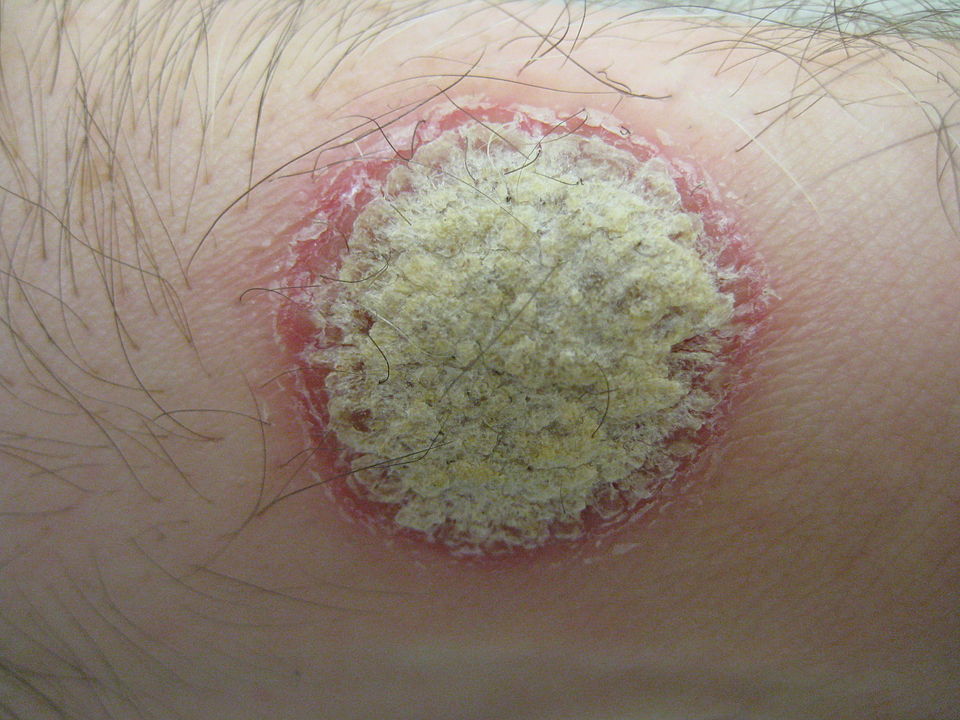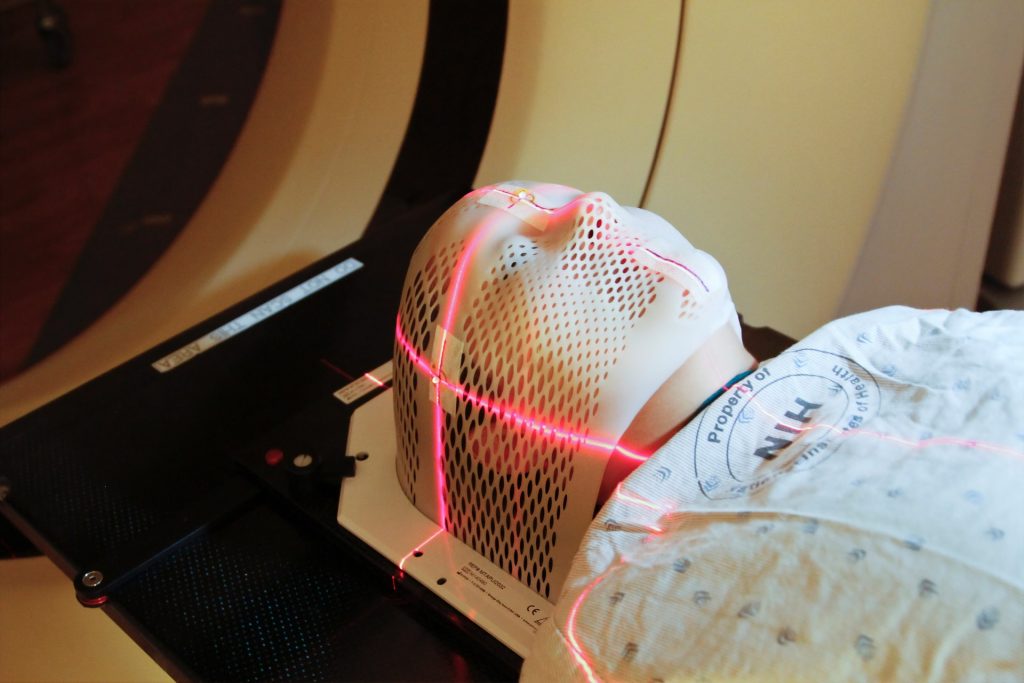WHO Announces Guidance Updates to Treatment of Drug-resistant TB

The World Health Organization (WHO) Global Tuberculosis Programme has announced upcoming updates to the guidance on the treatment of drug-resistant tuberculosis (DR-TB). These updates are announced in a Rapid Communication and include shorter novel 6-month all-oral regimens for the treatment of multidrug- and rifampicin-resistant TB (MDR/RR-TB), with or without additional resistance to fluoroquinolones (pre-XDR-TB), and also an alternative 9-month all-oral regimen for the treatment of MDR/RR-TB.
The Rapid Communication is released ahead of updated WHO consolidated guidelines to come later in the year which will inform national programmes and stakeholders.
Dr Tereza Kasaeva, Director of WHO’s Global TB Programme said: “We now have more and much better treatment options for people with drug-resistant TB thanks to research generating new evidence. This is major progress compared to what was available even a few years ago, and will be of great benefit for people struggling with TB and drug-resistant TB, resulting in better outcomes, saving lives and reducing suffering.”
All patients with MDR/RR-TB, including those with additional resistance to fluoroquinolones, stand to benefit from effective all-oral treatment regimens, either shorter or longer, implemented under programmatic conditions.
The summary of the updates are as follows:
The 6-month BPaLM regimen, comprising bedaquiline, pretomanid, linezolid (600 mg) and moxifloxacin, may be used programmatically in place of 9-month or longer (>18 months) regimens, in patients (aged ≥ 15 years) with MDR/RR-TB who have not had previous exposure to bedaquiline, pretomanid and linezolid (defined as > 1 month exposure). This regimen may be used without moxifloxacin (BPaL) in the case of documented resistance to fluoroquinolones (in patients with pre-XDR-TB). Drug susceptibility testing (DST) to fluoroquinolones is strongly encouraged, but DST should not delay treatment initiation.
The 9-month, all-oral, bedaquiline-containing regimens are preferred over the longer (>18 months) regimen in adults and children with MDR/RR-TB, without previous exposure to second-line treatment (including bedaquiline), without fluoroquinolone resistance and with no extensive pulmonary TB disease or severe extrapulmonary TB. In these regimens, 2 months of linezolid (600 mg) can be used as an alternative to 4 months of ethionamide. Access to rapid DST for ruling out fluoroquinolone resistance is required before starting a patient on one of these regimens.
Patients with extensive forms of DR-TB (eg XDR-TB4) or those who are not eligible for or have failed shorter treatment regimens will benefit from an individualised longer regimen designed using the priority grouping of medicines recommended in current WHO guidelines.6
Decisions on appropriate regimens should be made according to clinical judgement and patient preference, considering results of DST, patient treatment history, risk of adverse events, and severity and site of the disease.
All treatment should be delivered under WHO-recommended standards, including patient-centred care and support, informed consent where necessary, principles of good clinical practice, active drug safety monitoring and management, and regular monitoring of patients and of drug resistance to assess regimen effectiveness.
The full details of the regimens included in the review are available in the Rapid Communication.
Source: World Health Organization







